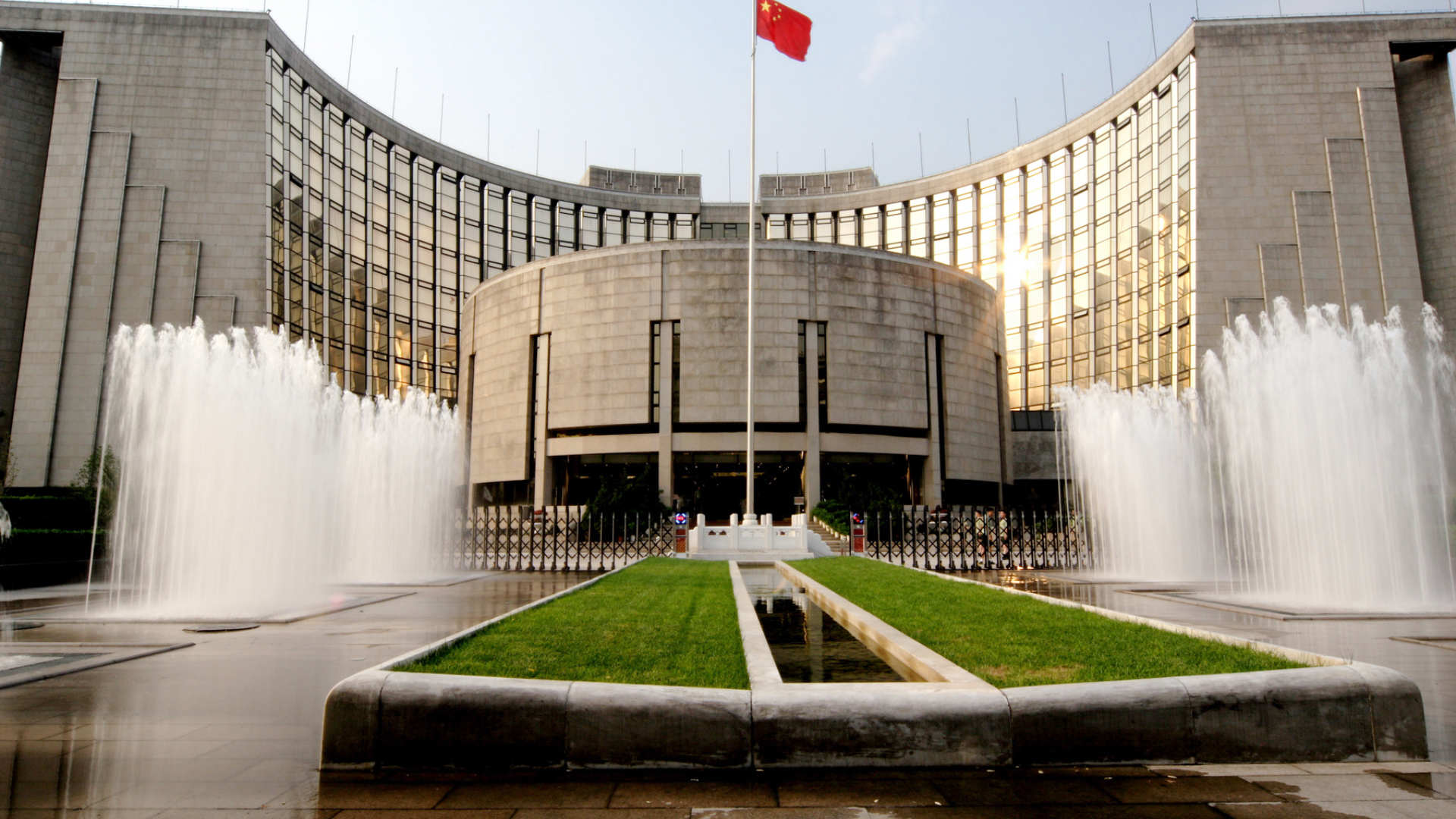The People’s Bank of China (PBOC) set the yuan’s daily reference rate at 7.1738 per U.S. dollar, barely changed from the previous 7.1740 fix. The move suggests that the central bank is maintaining its cautious approach to currency management as it balances economic support measures with efforts to keep the yuan stable.
Despite slight fluctuations, the PBOC’s fixing remains tightly controlled, signaling its commitment to preventing excessive volatility in the foreign exchange market. The yuan has faced pressure from a strong U.S. dollar, as the Federal Reserve’s restrictive policy stance continues to support demand for the greenback.
China’s economy is still navigating post-pandemic recovery challenges, with weaker-than-expected growth and concerns over property sector stability keeping policymakers on edge. The central bank has taken measured steps to support liquidity and encourage lending, but a sharp depreciation of the yuan could trigger capital outflows, limiting its flexibility.
Analysts suggest that the PBOC is using its daily fixings to guide expectations, ensuring that market fluctuations remain within a controlled range. While there is no immediate sign of intervention, authorities are likely to step in if volatility increases or if external pressures push the yuan too far in either direction.
With global markets focused on China’s next policy moves, traders will be watching upcoming economic data and signals from the National People’s Congress next month, where further stimulus measures could be discussed. Any shift in PBOC’s approach could impact market sentiment and influence the yuan’s trajectory.
For now, the yuan remains relatively stable, with the PBOC carefully managing its exchange rate policy to balance economic stability with market forces. Investors will be watching for further guidance on whether the central bank plans to adjust its strategy amid shifting global financial conditions.
















